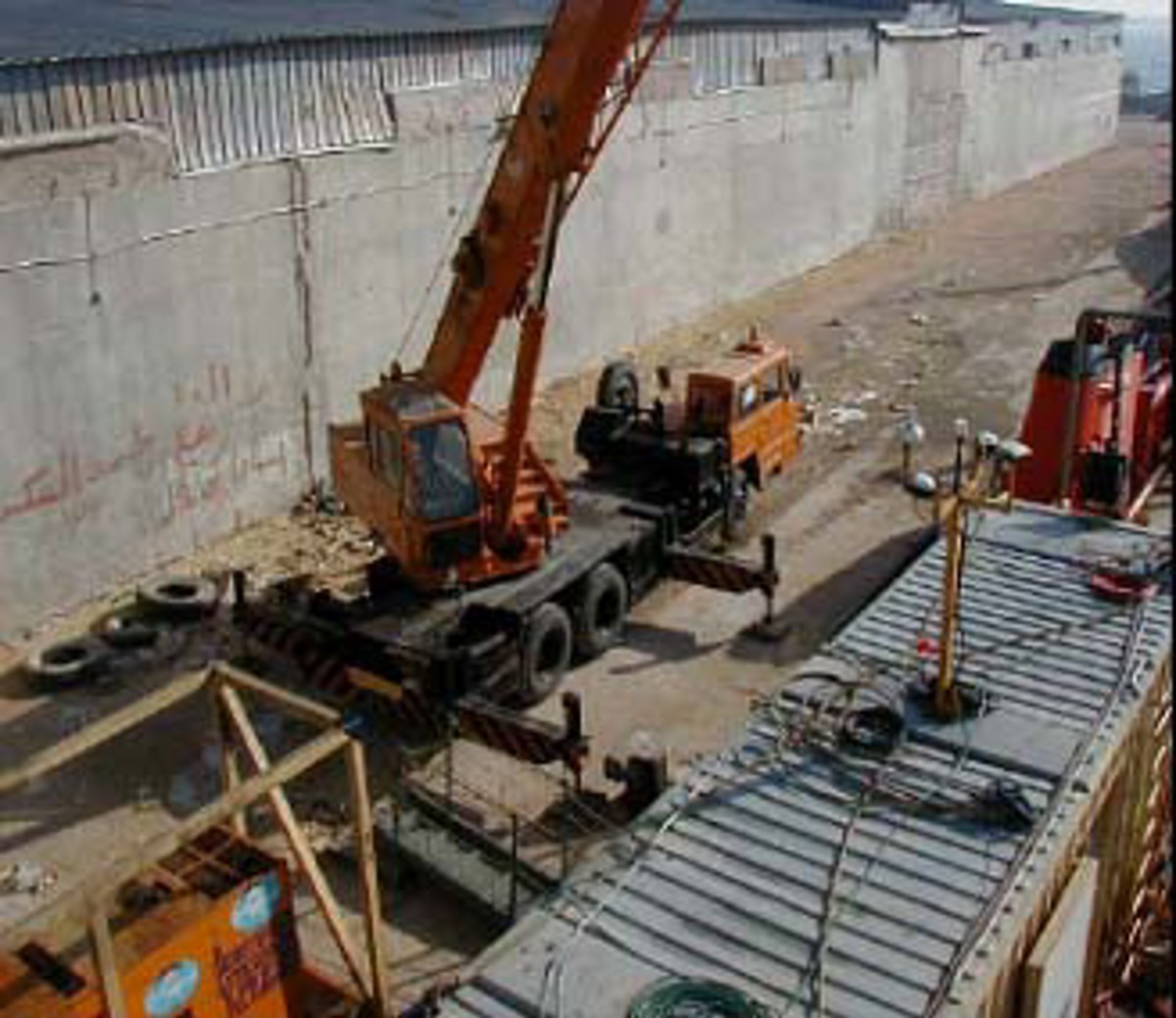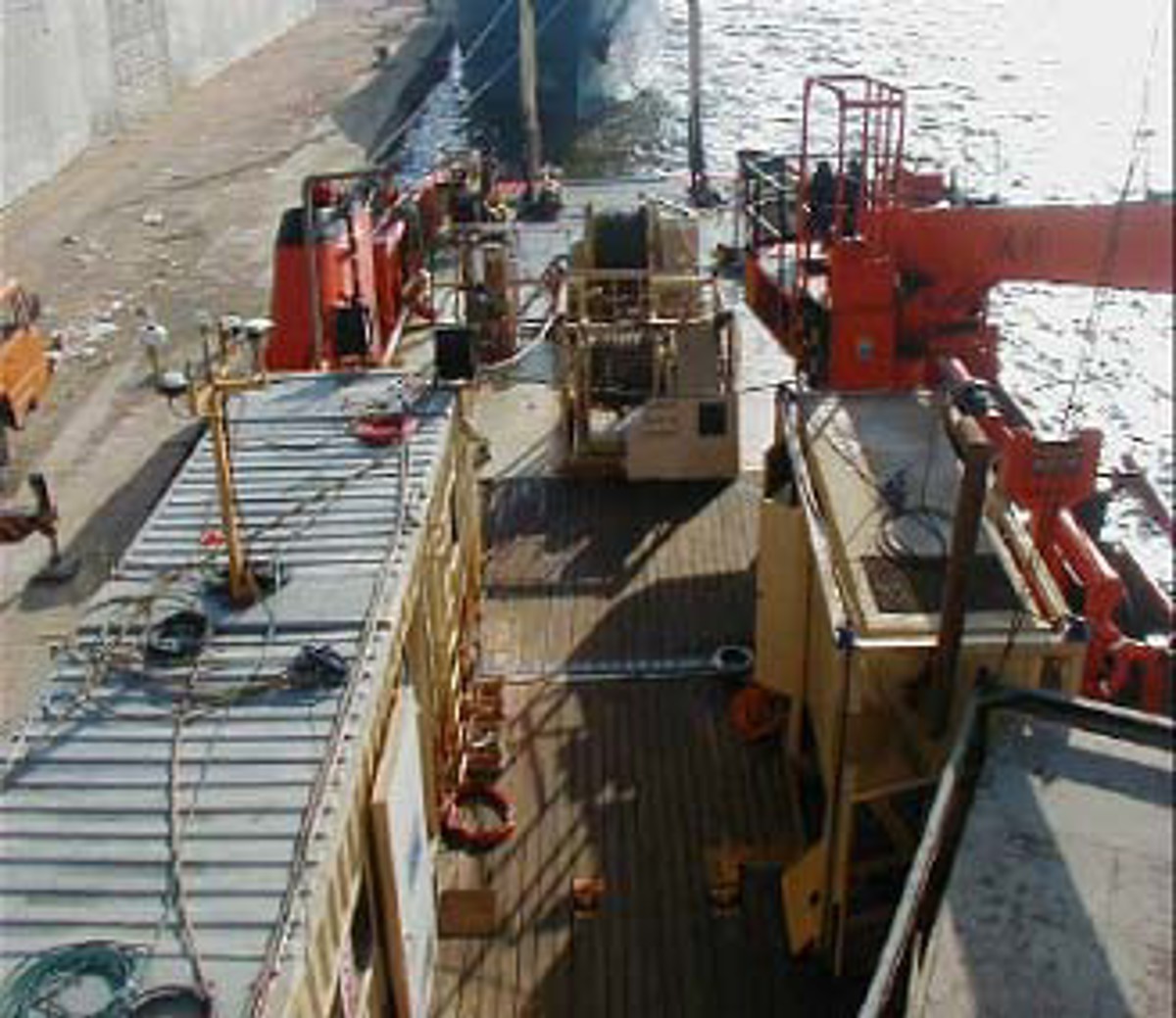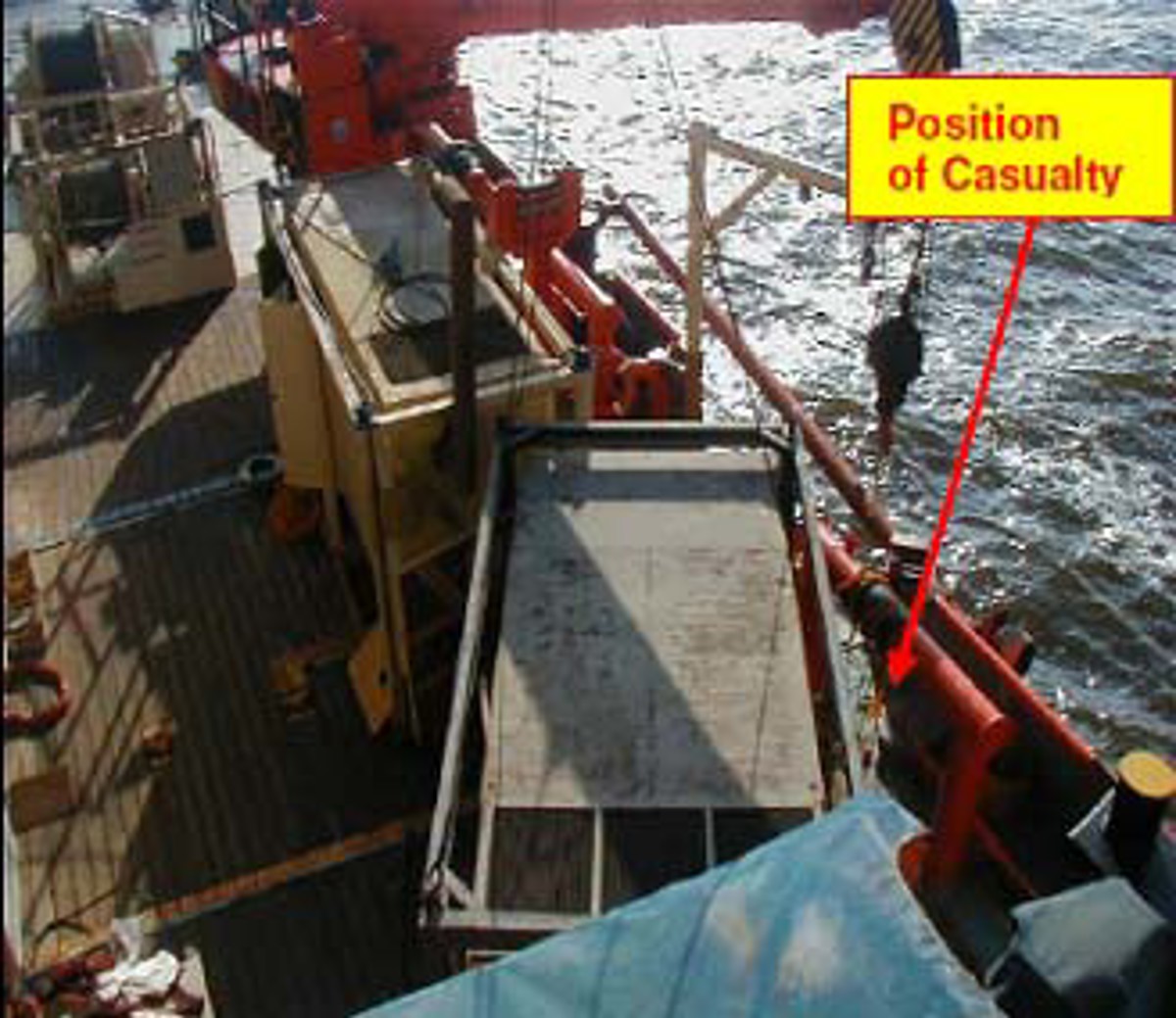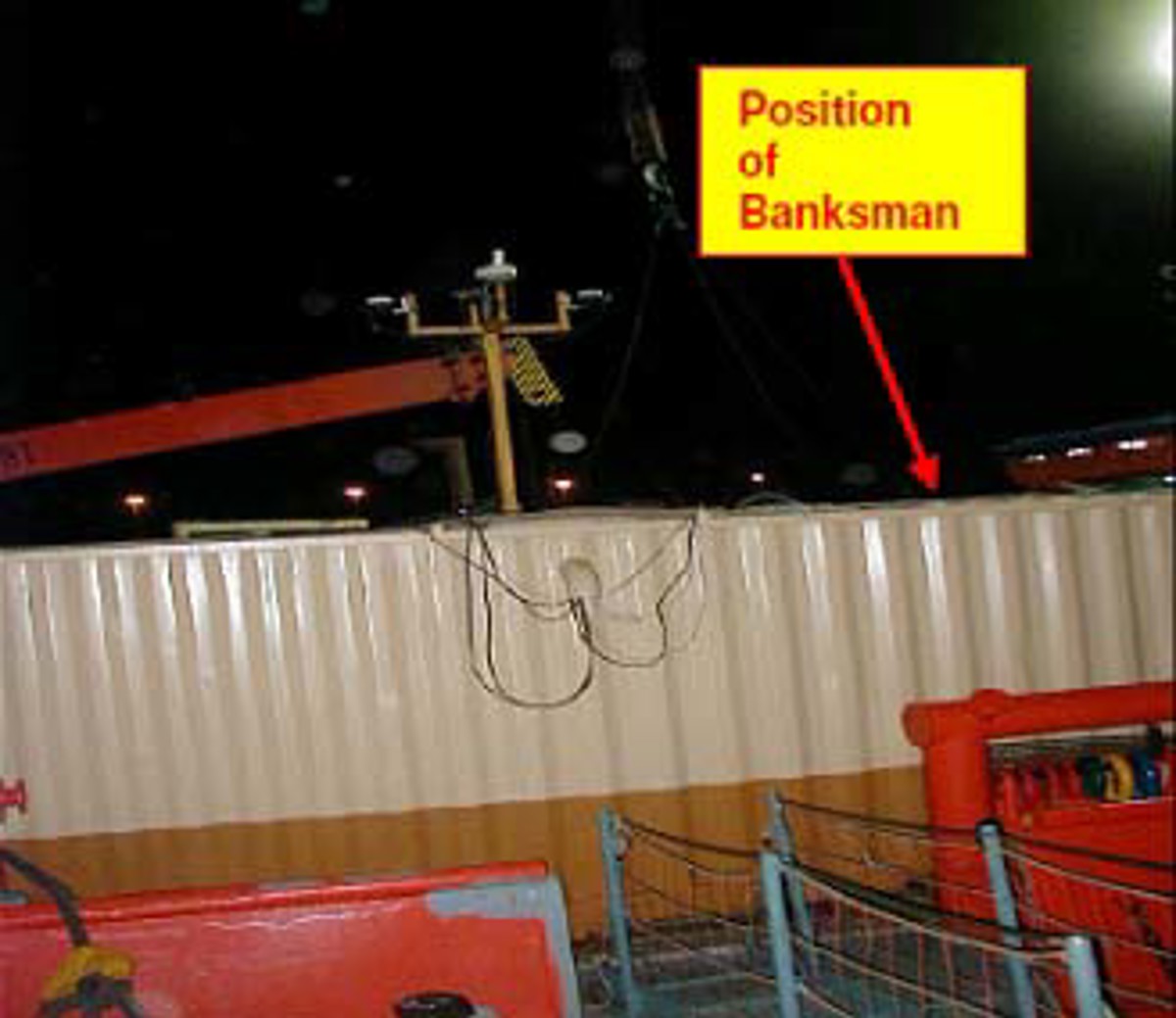Lifting fatality
- Safety Flash
- Published on 30 December 2005
- Generated on 30 October 2025
- IMCA SF 12/05
- 3 minute read
Jump to:
A Member has reported a fatality during crane operations.
What happened?
The accident occurred alongside in port during the hours of darkness. A vessel was engaged in lifting operations involving the use of a mobile crane (positioned on the quayside) to remove a deck mounted generator and to load a replacement. The experienced lifting crew had been trained in crane operations and had worked together before.
The generator was located on the port side of the aft deck of the vessel. Nevertheless, because of the presence of potentially fragile bulwark-mounted survey equipment on the port side of the vessel, she came alongside starboard side-to. This meant that the crane operator had to extend the crane boom to 18 m to complete the lift.
The deck mounted generator was successfully lifted off the vessel and placed on the quay. The replacement generator was then connected to the crane and the second lift commenced. The two generator housings, whilst slightly different in dimensions, were considerably different in weight, but this was not detected. The first generator weighed 3.6T, whereas the replacement unit weighed 4.9T. The safe working load of the crane at 18m boom extension was between 2.35T and 2.85T. Both lifts exceeded the safe working load of the crane.
Whilst attempting to position the replacement generator, the crane was required to ‘jib-out’. As a result of the combined boom extension and excessive load, the mobile crane’s outriggers lifted off the quayside. This compromised the stability of the crane, causing the load to move unexpectedly downwards and across the deck simultaneously at considerable speed.
The two tagline operators were unable to control this sudden movement. One crane worker was unable to get clear in time and was struck by the load, suffering severe crush injuries to his right leg and torso. He was transferred immediately to hospital but was pronounced dead on arrival.
What were the causes?
The company conducted an investigation into the accident, which reported the following causes:
- Failure to adhere to specific areas of the safety management system, in particular:
- vessel mobilisation procedure
- management of change procedure
- risk assessment
- supply chain management.
- vessel mobilisation procedure
- The mobile crane had been working with a load over and above its safe working limits.
- Company safety rules had not been followed.
- There was also:
- no lift plan
- no documented toolbox talk
- no identification/verification of the load weight
- a lack of basic safety awareness.
- no lift plan
Actions
The company noted the following lessons learnt and recommendations, some of which have wider application:
- Safety management system procedures should be followed at all times.
- Efficient and effective supply chain management is particularly important for safety-critical suppliers.
- Ensure lifting procedures are up to date and followed, including:
- lifting risk assessment
- lift plans
- lifting toolbox talks
- lifting checklists
- management of change procedures.
- lifting risk assessment
- Re-assess roles and responsibilities of supervisory staff at mobilisations and during lifting operations.
- Identify through audit specialist lifting companies and establish an ‘approved vendors list’ for safety-
critical suppliers.
IMCA Safety Flashes summarise key safety matters and incidents, allowing lessons to be more easily learnt for the benefit of the entire offshore industry.
The effectiveness of the IMCA Safety Flash system depends on the industry sharing information and so avoiding repeat incidents. Incidents are classified according to IOGP's Life Saving Rules.
All information is anonymised or sanitised, as appropriate, and warnings for graphic content included where possible.
IMCA makes every effort to ensure both the accuracy and reliability of the information shared, but is not be liable for any guidance and/or recommendation and/or statement herein contained.
The information contained in this document does not fulfil or replace any individual's or Member's legal, regulatory or other duties or obligations in respect of their operations. Individuals and Members remain solely responsible for the safe, lawful and proper conduct of their operations.
Share your safety incidents with IMCA online. Sign-up to receive Safety Flashes straight to your email.



